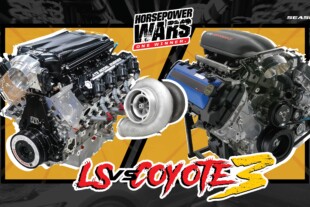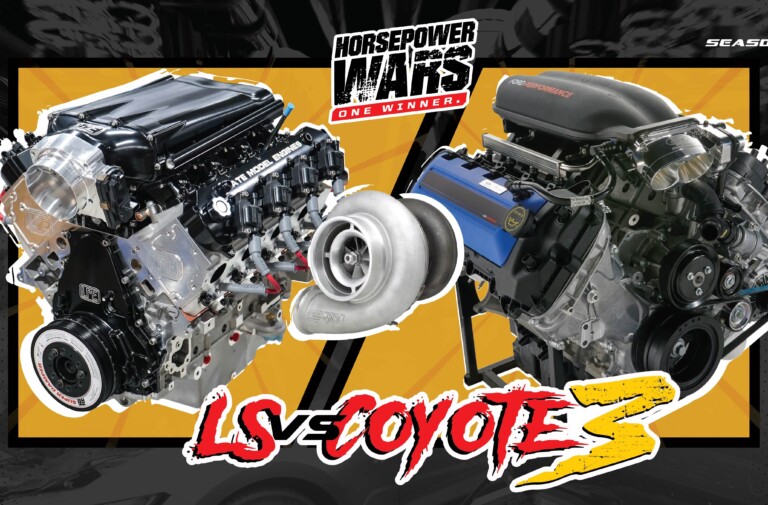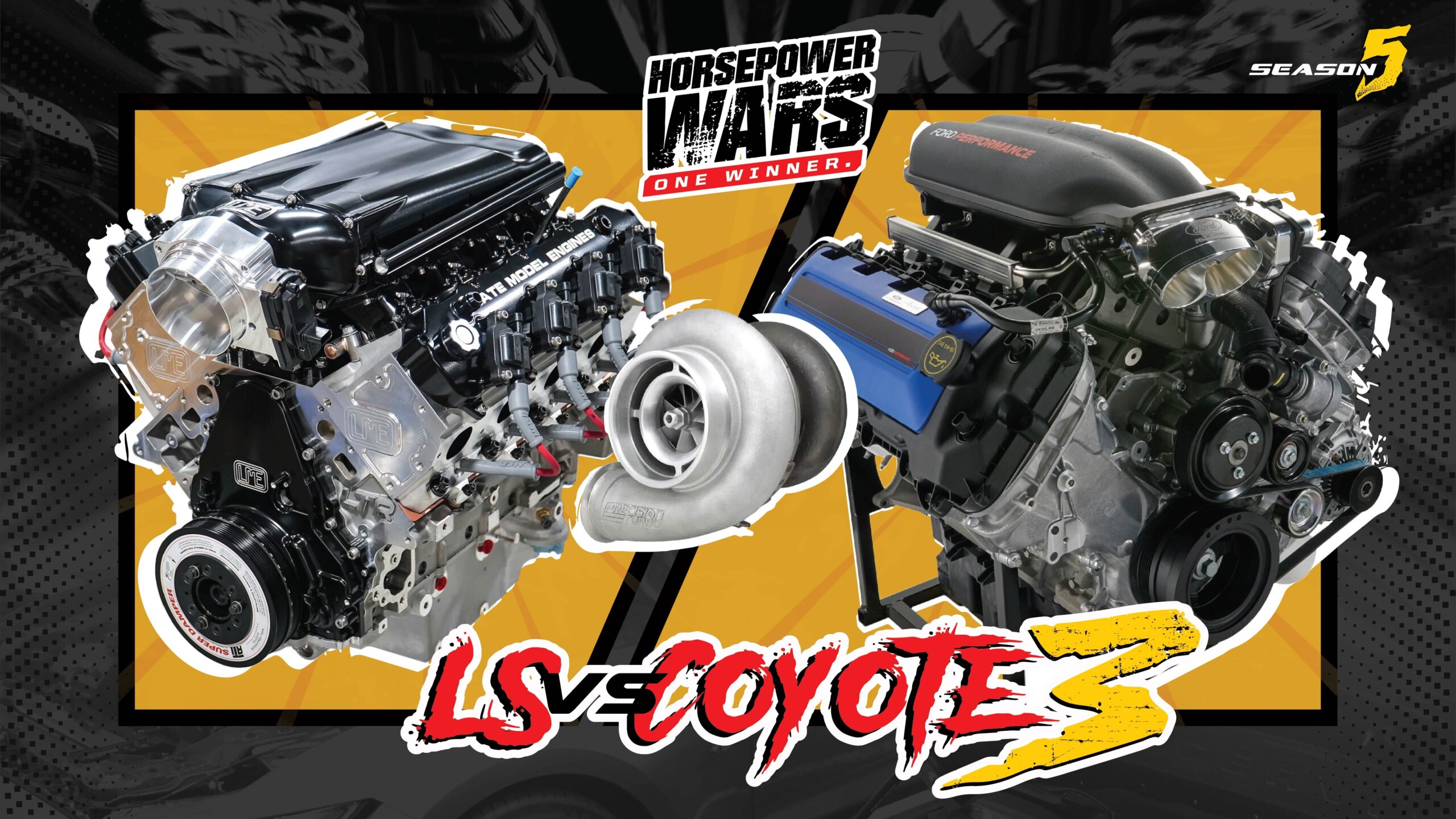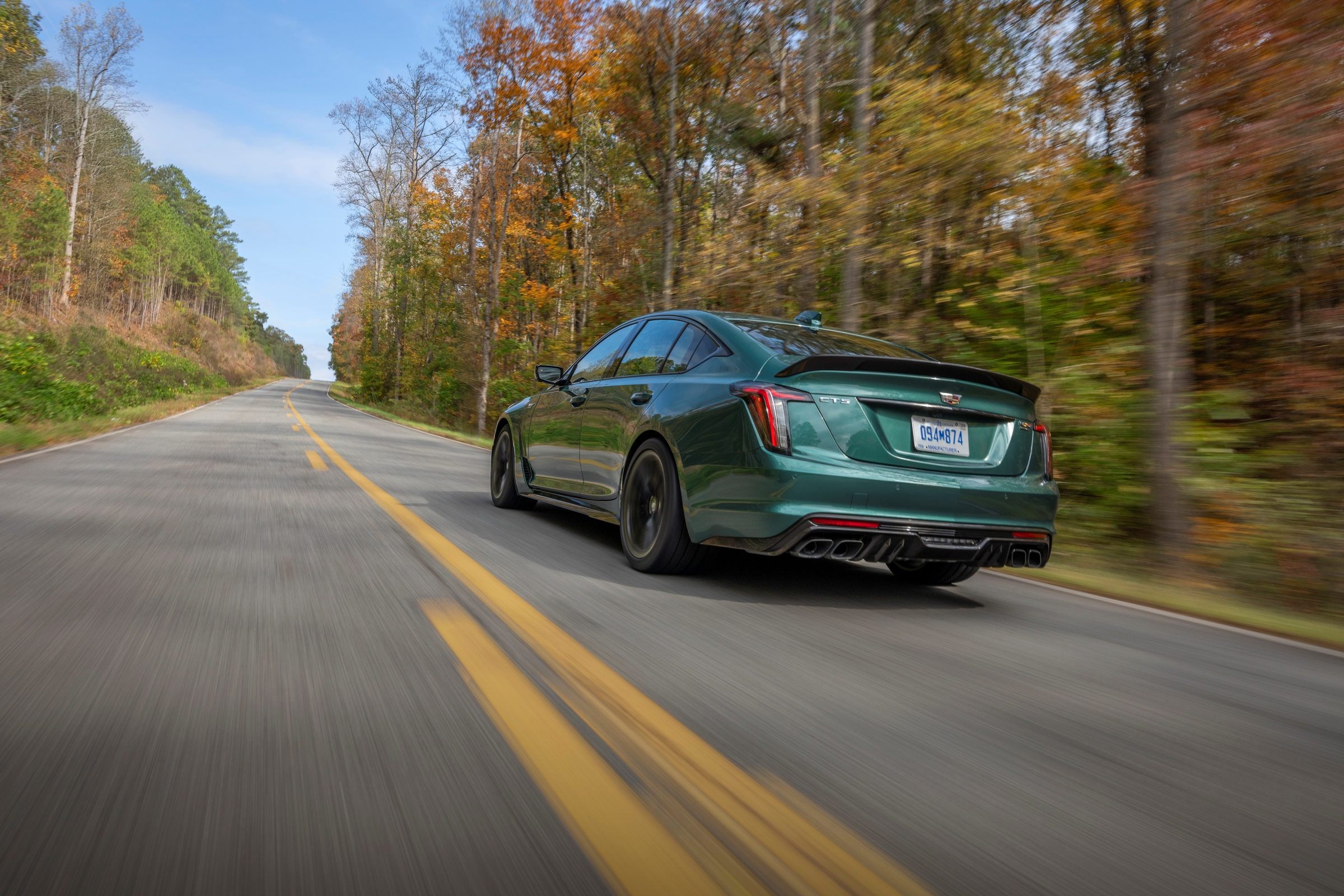Simplifying installation and allowing the owner and tuner to take full advantage of today’s on-board  technologies, Lingenfelter Performance Engineering releases its new revolutionary CAN Bus converter for late-model GM engines. It’s a message-board protocol designed exclusively for automotive applications, allowing both controllers and devices to communicate with in the vehicle. check out the list of new features below.
technologies, Lingenfelter Performance Engineering releases its new revolutionary CAN Bus converter for late-model GM engines. It’s a message-board protocol designed exclusively for automotive applications, allowing both controllers and devices to communicate with in the vehicle. check out the list of new features below.
Official Release:
Lingenfelter Performance Engineering is offering a CAN Bus converter to simplify late-model GM engine transplants into older cars. Given the popularity of late-model GM engine swaps and the abundance of aftermarket support for these affordable performance engines, the Lingenfelter Performance CAN Bus converter could be a barrier-removing technology, paving the way for even more GM ECU-controlled LS engine transplants.
“Our CAN Bus signal converter allows builders to use traditional high- performance gauges when installing a late-model, GM ECU-controlled LS engine into older cars,” says Mike Copeland, vice president and general manager, Lingenfelter Performance Engineering. “This new converter will greatly simplify the installation and allow the owner and tuner to take advantage of the technology in today’s on-board computers,” adds Copeland. “It’s ideal for anyone doing a late-model GM engine swap into an earlier model car, or for a late-model owner who wants to install additional aftermarket gauges.”
What is CAN Bus?
CAN stands for Computer Area Network and a vehicle’s CAN Bus is a message-based protocol designed specifically for automotive applications. The CAN Bus is a vehicle-based network that allows controllers and devices to communicate with each other within a vehicle.
Lingenfelter’s new converter reads the CAN Bus data and converts the digital signal into an analog output to operate traditional performance gauges. “It’s a very simple hook-up and does not require replacing any of the factory-supplied sensors,” Copeland said.
The Lingenfelter CAN Bus converter provides gauge output for multiple different parameters, such as water temperature, boost level, engine rpm and fuel pressure. However, the Lingenfelter CAN Bus converter can be configured to read any data on the communication bus such as oil pressure, oil temperature, water temperature, tach, speedo, and boost.
It is infinitely adjustable and can be configured for any aftermarket gauge, regardless of the brand.
Currently, the Lingenfelter CAN Bus converter is only available for GM ECUs, but Copeland points out they have the capability to read other manufacturers’ ECUs via upgradable software that will be announced at a future date.
Lingenfelter Performance Engineering will program the CAN Bus converter specifically for the outputs each customer desires. The Lingenfelter CAN Bus converter is currently available for order and output customization.
Features:
- Allows builders to use traditional high-performance gauges when installing a late-model, GM ECU-controlled LS engine into older cars
- Converter will greatly simplify the installation and allow the owner and tuner to take advantage of the technology in today’s on-board computers
- Ideal for anyone doing a late-model GM engine swap into an earlier model car, or for a late-model owner who wants to install additional aftermarket gauges.
- Simple hook-up and does not require replacing any of the factory-supplied sensors.
- Provides gauge output for multiple different parameters
- Adjustable and can be configured for any aftermarket gauge

















